SUMMARY
This is AI generated summarization, which may have errors. For context, always refer to the full article.
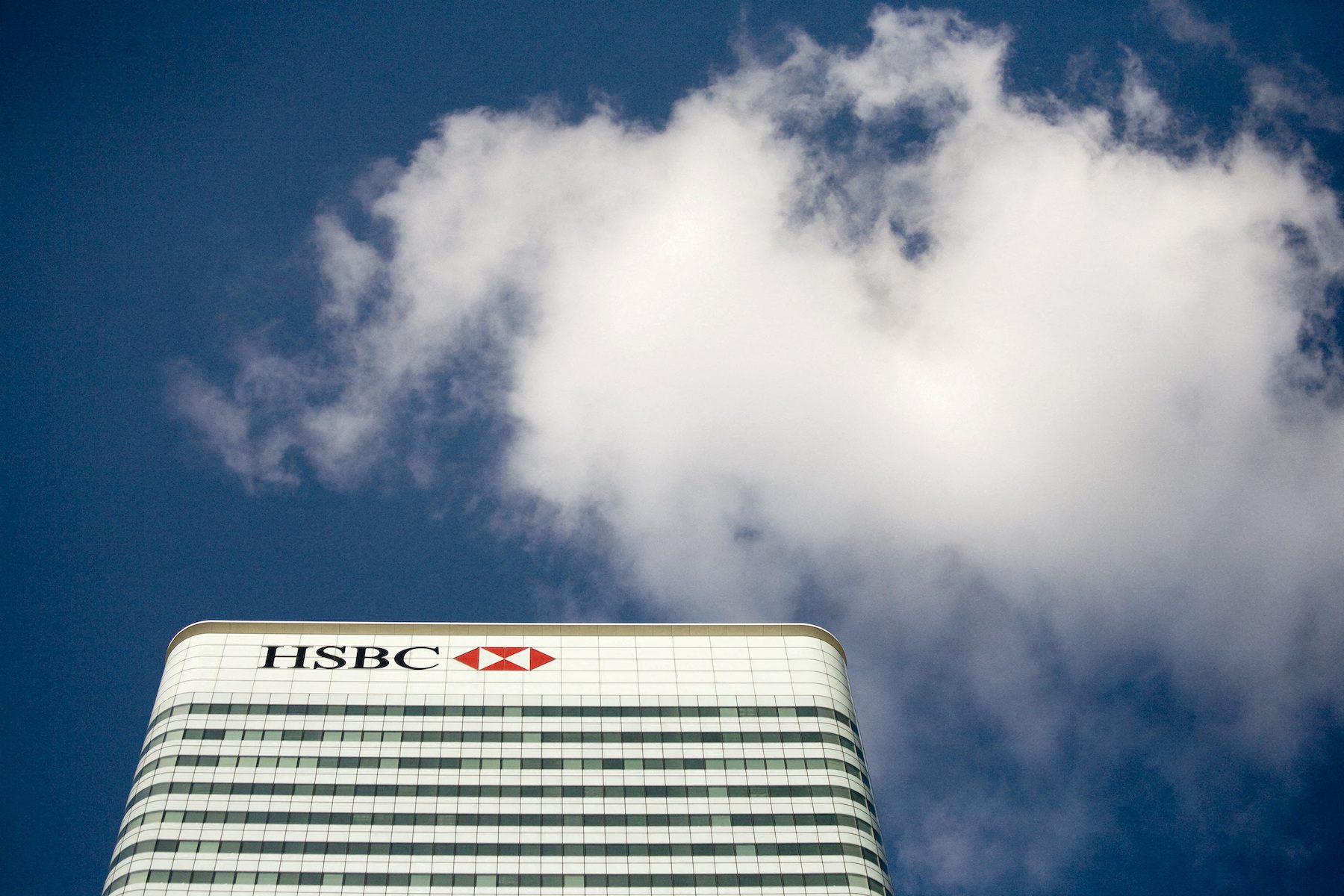
HSBC dampened investors’ expectations of a sustained income bonanza from rising global interest rates, even after Europe’s biggest bank reported a 92% surge in quarterly profit and pledged more regular dividends and share buybacks.
The London-headquartered bank said on Tuesday, February 21, it would pay a special dividend of $0.21 per share, from the proceeds of the $10-billion sale of its Canada business.
Despite the payout promises, however, the lender’s shares fell 2% in Hong Kong as investors weighed income forecasts that analysts deemed moderate against an environment of rising rates.
With its $1.3 trillion in customer deposits, HSBC benefits more than many smaller banks from central bank hikes that enable it to charge a wider margin on its loans and mortgages.
The bank however said it expected net interest income to be at least $36 billion in 2023, shy of $37-billion forecasts and a $38-billion annualized figure analysts calculated from its latest quarterly numbers.
Chief executive Noel Quinn told Reuters the conservative forecasts were partly due to pressure from competitors to raise rates on deposits, among other factors.
“We are comfortable with consensus being around $37 billion, we are not looking to move that,” Quinn said.
HSBC has been working to improve its investor relations after facing pressure from its biggest shareholder, Ping An Insurance Group, to split off its Asian business to boost returns, a strategy HSBC has rejected.
The Asia-focused bank, which counts Hong Kong as its biggest market, also said it will return to paying quarterly dividends in 2023, and would bring forward the consideration of fresh share buybacks to the first quarter of 2023.
HSBC’s London-listed shares, currently trading at their highest in about three and a half years, have rebounded 45% from October 2022 lows when a drop in quarterly profit and a sudden change in its chief financial officer spooked investors and sent its shares tumbling 7%.
Since Quinn took charge in March 2020, just as the COVID-19 pandemic swept the globe, the shares have gained 25%, still underperforming a 50% rise in the broader market. So far this year, the stock has risen 20% versus a 7% rise in the FTSE index.
HSBC’s conservative outlook echoed that of British rival NatWest, which warned last week that profit earned from rising interest rates may have peaked.
‘No easing off’
Quinn, who is overseeing a program of job cuts aimed at stripping out layers from the bank’s bloated management structure, said more was to come.
“There will be no easing off at all on costs…. We are now considering up to $300 million of additional costs for severance in 2023,” he said.
HSBC reported pretax earnings of $5.2 billion for the fourth quarter, up from $2.7 billion a year earlier and ahead of the $4.96-billion average estimate of analysts compiled by the bank.
HSBC said annual expected credit losses rose to $3.6 billion, more than the $3.2 billion analysts had estimated, due to rising inflation pressuring borrowers and lingering problems in China’s property market.
But Quinn told Reuters the outlook for the sector had improved in January, in part due to policy measures aimed at propping up the sector.
Despite the fourth-quarter surge, annual profit fell to $17.5 billion from $18.9 billion for 2021, due to an impairment of $2.4 billion related to the sale of its retail banking operations in France.
That matched the $17.5-billion average estimate of 22 analysts compiled by the bank.
Meanwhile, HSBC said it still expects to complete the sale of its Russia business in first-half 2023, taking a $300-million loss. – Rappler.com
Add a comment
How does this make you feel?
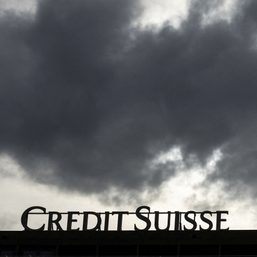
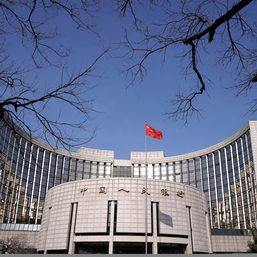
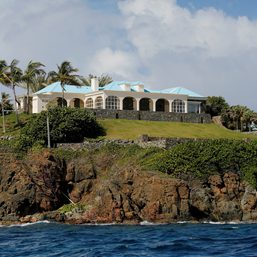
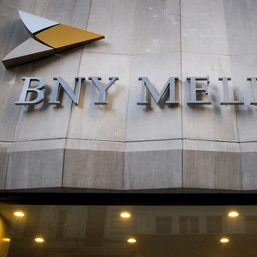
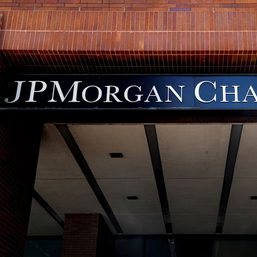
There are no comments yet. Add your comment to start the conversation.